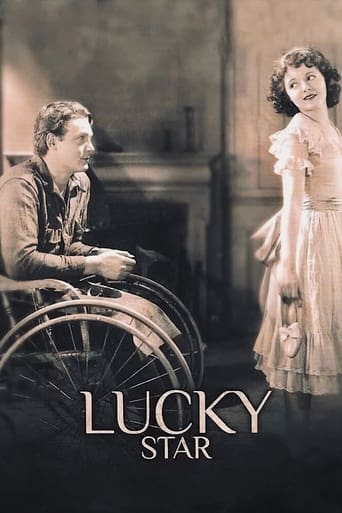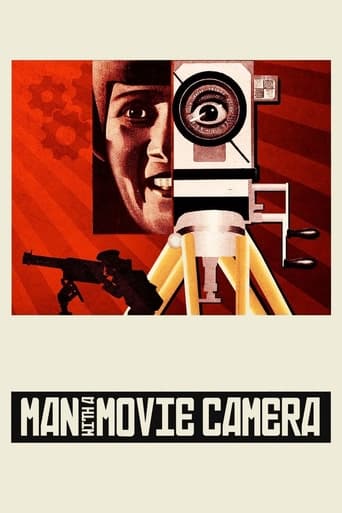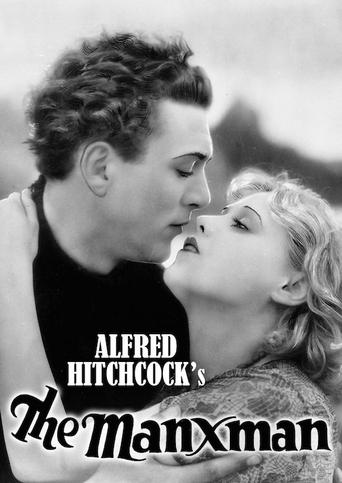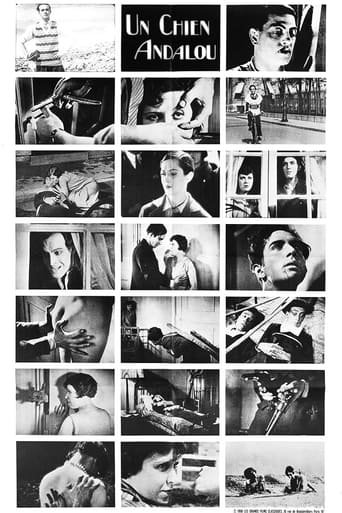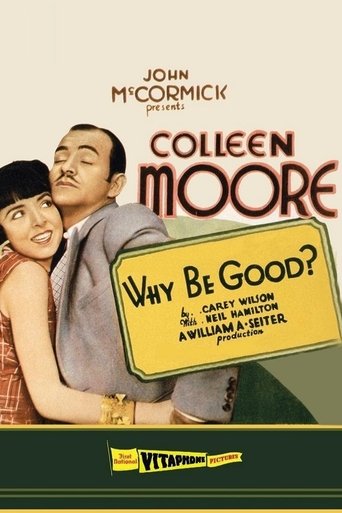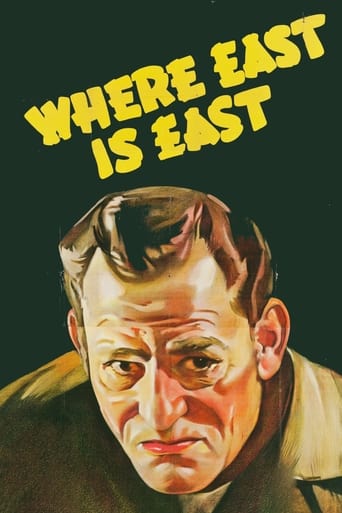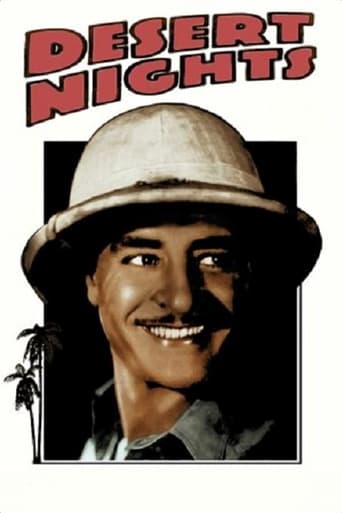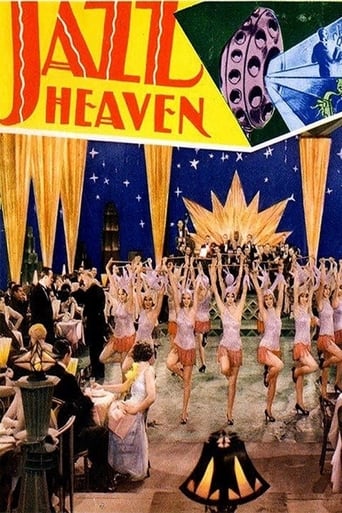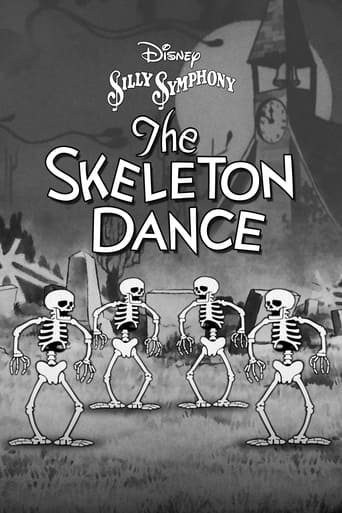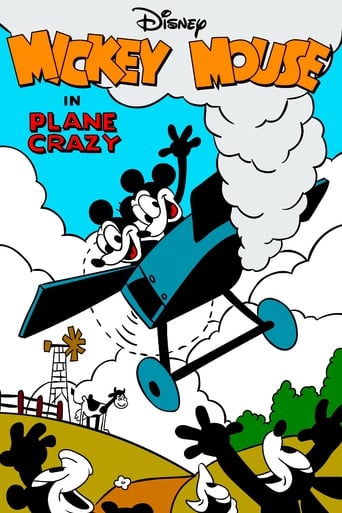Lucky Star 1929
Mary, a poor farm girl, meets Tim just as word comes that war has been declared. Tim enlists in the army and goes to the battlefields of Europe, where he is wounded and loses the use of his legs. Home again, Tim is visited by Mary, and they are powerfully attracted to each other; but his physical handicap prevents him from declaring his love for her. Deeper complications set in when Martin, Tim's former sergeant and a bully, takes a shine to Mary.
